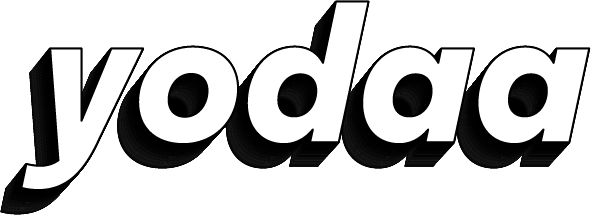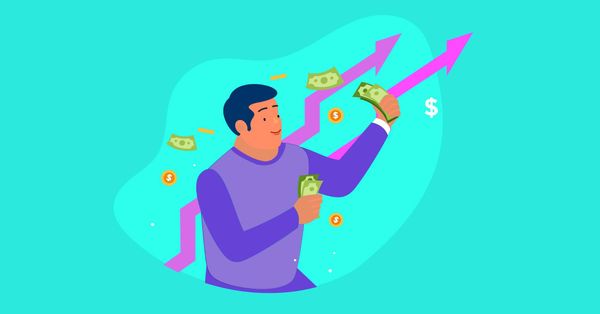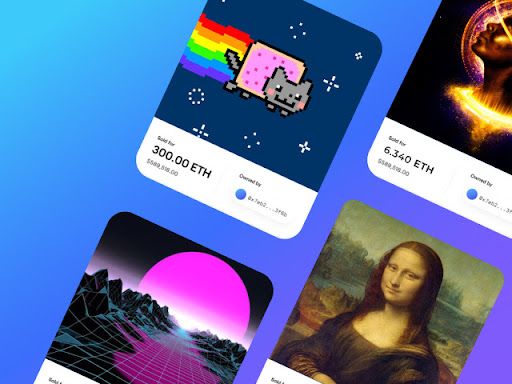What Is A Blockchain, Anyway?
Whenever we ask people how well they understand the blockchain, most of the responses go something like this.
So we figured, it’s probably time to change that. Welcome to Blockchain Basics.
What is a blockchain?
Let’s go old school and explain with an example.
One of the pillars that help the modern financial system work is the simple ledger. Yes, that little book you might see in your neighbourhood store where the shopkeeper writes down how much they sold, and tallies it against their costs to keep tabs on their income.
On a large scale, even banks have ledgers (just that these are computerised databases).
Now the problem with these systems is that they are not fool-proof. The shopkeeper may forget to record an entry, the bank may suffer data corruption.
But what if the shopkeeper didn’t just have one ledger, but ten? And what if all these ledgers could simultaneously update every time an entry was added in any one?
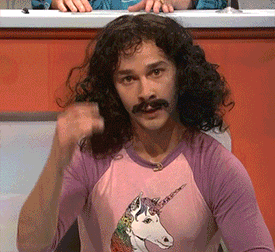
Now, even if the shopkeeper (hypothetically) made an error in the ledger in their shop, or someone tampered with an entry in one of the ledgers, the other nine would still reflect the correct state of the shopkeeper’s finances. Pretty cool, right? Let’s call this fancy ledger system a Distributed Ledger.
For argument’s sake, let’s say our shopkeeper is a little paranoid. Even though they always know that the record reflected by the majority of the ledgers can be trusted to be the correct one, they approach a sculptor to observe all ledgers and carve each day’s entries onto a stone block. The sculptor checks the entries on the ledgers, and when a day ends, carves them onto a block so that they can never be edited. The sculptor does this every day, and links each new block to the previous one. For this effort, the shopkeeper pays the sculptor a certain fee.

This (rather literal) chain of blocks is now a tamper proof record of the store finances. The only way for it to be disrupted is if someone somehow managed to simultaneously tamper with at least six of the ledgers and get the sculptor to carve the wrong entries.
This example explains the fundamentals of a blockchain. Any entry on a blockchain is simultaneously updated across multiple computers around the world. A fixed number of these entries are cryptographically encoded securely into a block by ‘miners’ (the sculptor from our example) and each block is connected to the previous one, forming a chain of transactions that are reliably preserved.
The digital equivalent of the sculptor carving a stone block is a miner’s computer solving a complex formula that gets progressively more difficult as more blocks are ‘mined’. Since the miners are the ones responsible for maintaining this system and making sure entries are recorded and blocks are mined, they are rewarded with cryptocurrency every time they successfully mine a new block. This incentivises miners to keep the blockchain network up and running.
Why is this important though?
Blockchains solve a very important problem -- trust.
We rely on institutions because we trust them. We book a room on Airbnb because Airbnb aggregates rooms and shows genuine reviews. We book a cab on Uber for the same reason. We need banks to transfer money because we need an intermediary to reduce the risk of the unknown. Blockchains, by virtue of being decentralised, have trust baked into them and thus cannot (and need not) be centrally controlled.
Blockchains also come in many types. For instance, public blockchains are open to any and everybody to join. Private blockchains have an organisation authorising them. Hybrid and Consortium blockchains have both public and private features.
But what about safety?
Good question! That’s why items recorded on a blockchain are ‘immutable’ i.e. cannot be changed after a block has been mined. Once a record or a block has been made, it can’t be reversed, tampered or corrupted.
This is made possible by two things: Hashing and Merkle Trees.
Let’s take transaction A and put it in a blockchain. It will go through a process (an algorithm basically) to create its unique hash (much like a random password generator). Here’s the catch though, only transaction A will be able to create that very hash.
Blockchains deal with a lot of transactions though. Now, the hash of transaction A and let’s say, transaction B will combine to create their own mixed hash. This process will repeat many times to reach a ‘root hash’. This is called a Merkle Tree.
So if any miscreant tries to tamper with the chain, the hash immediately gets changed AND updates on EVERY COMPUTER! Plus each transaction is added chronologically with its own time-stamp, so no one will be able to make changes retroactively
Neat, right?
Is Blockchain the same as crypto and Bitcoin?
While it may seem that way, these terms are not interchangeable. Think of the blockchain as the underlying storage system. Each of these systems requires miners to maintain the system and mine new blocks. When a miner successfully solves a problem and mines a new block, they are rewarded with some cryptocurrency as a monetary incentive. This currency can then be used to purchase items (and these transactions are also recorded on the blockchain, so you don’t need an intermediary like a bank in between).
So blockchains have cryptocurrencies attached with them to incentivise miners to keep the blockchain network running. Bitcoin is the cryptocurrency of the Bitcoin blockchain, like Ether is the currency for the Ethereum blockchain. The Bitcoin blockchain is designed such that only 21 million Bitcoin will ever be produced (this scarcity is why it is often compared to digital gold).
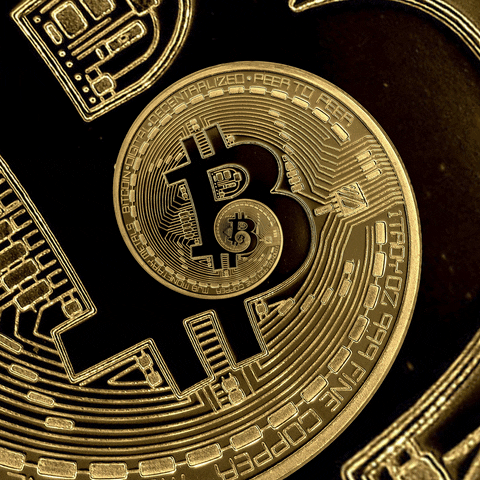
Things get confusing because bitcoin was the first to use the concept of blockchain in finance - essentially defining the popular models of blockchain for the better. In fact, theories and papers on blockchains have been getting published since the 80s.
[Suggested read: History of Blockchain]
The amazing part is that blockchains can do more than spit out cryptocurrencies. They are being used in so many other industries like Media, Marketing, Law and Healthcare. Here are some cases from IBM! These are the reasons why it is hailed as the next big disruptive technology in the world.
In fact blockchains are also the backbone of support to another very cool invention of the modern age. We’re of course talking about NFTs, but more on that later this week.
Can I Create My Own Blockchain?
Absolutely. The great thing is that everything can be done over the cloud. If you want, you can easily create a rudimentary blockchain API for yourself using some of the common coding languages like Python.
Moreover, there are platforms specifically designed to help you create your own blockchain!
All you need are some solid fundamentals… (and maybe a cool name).
Kick start your financial journey with your own smart money app and membership to an exclusive club of the smartest teens in India and SE Asia. Get Yodaa today.
